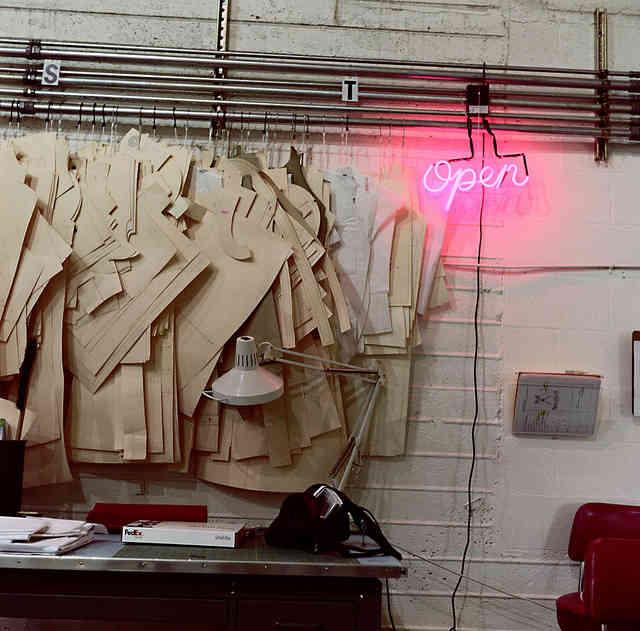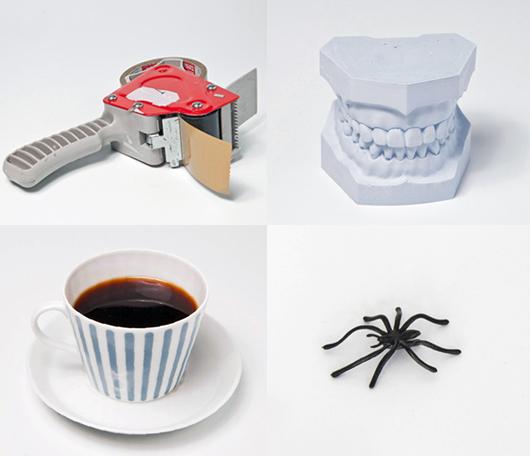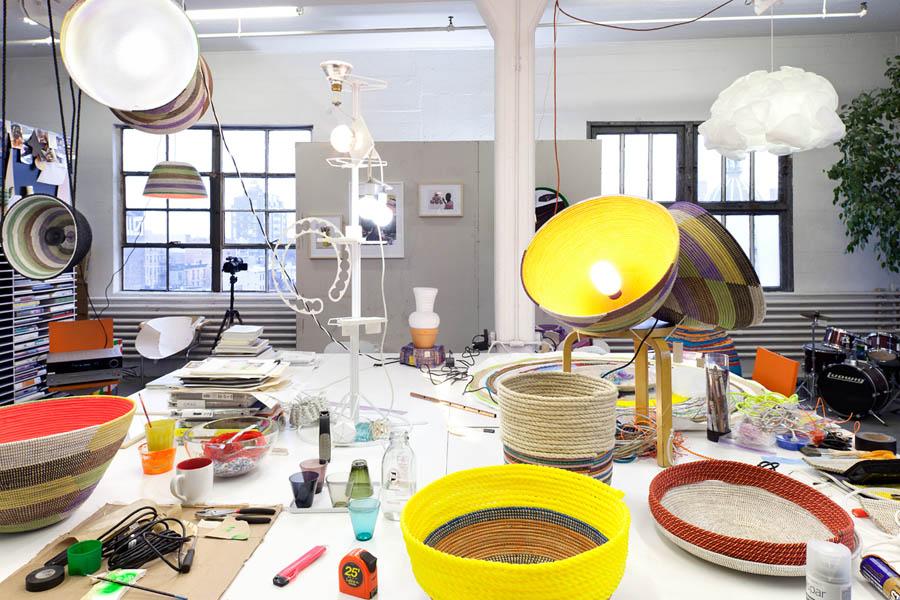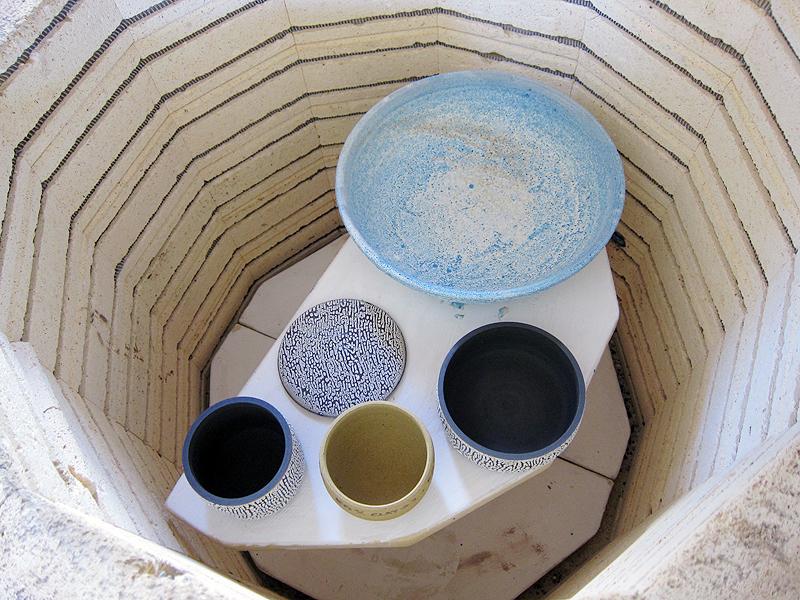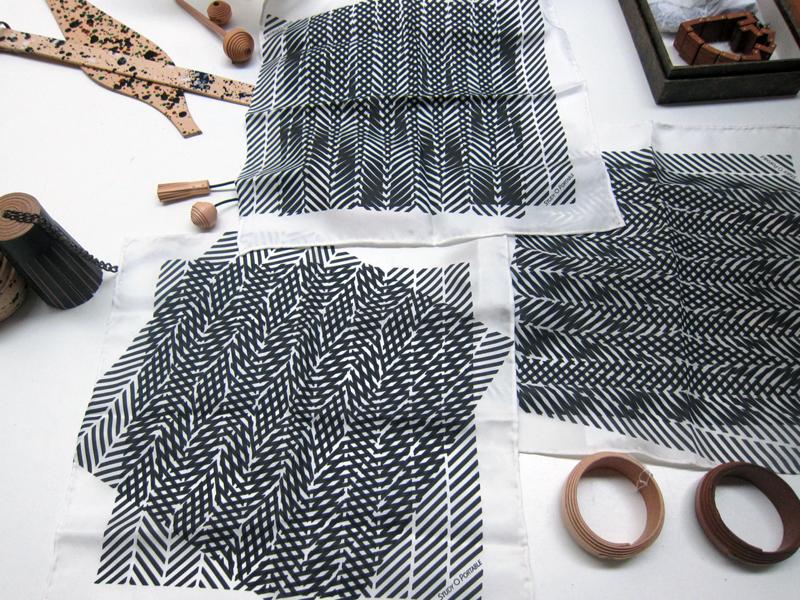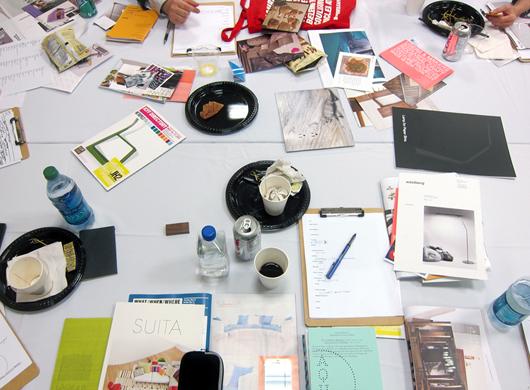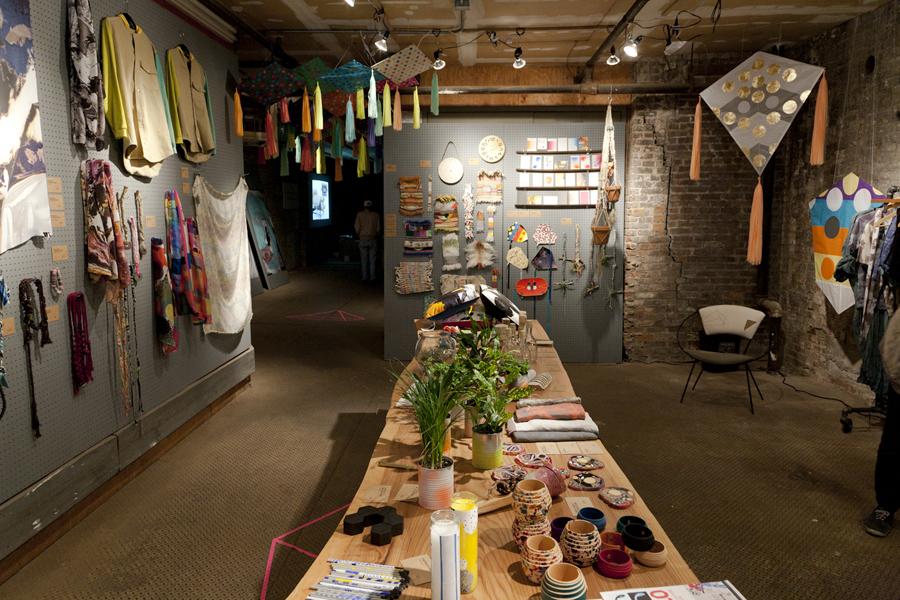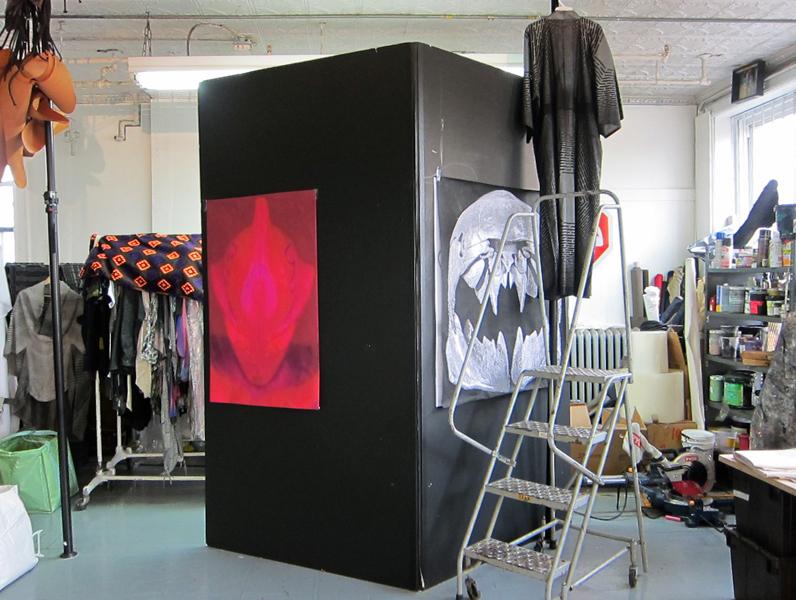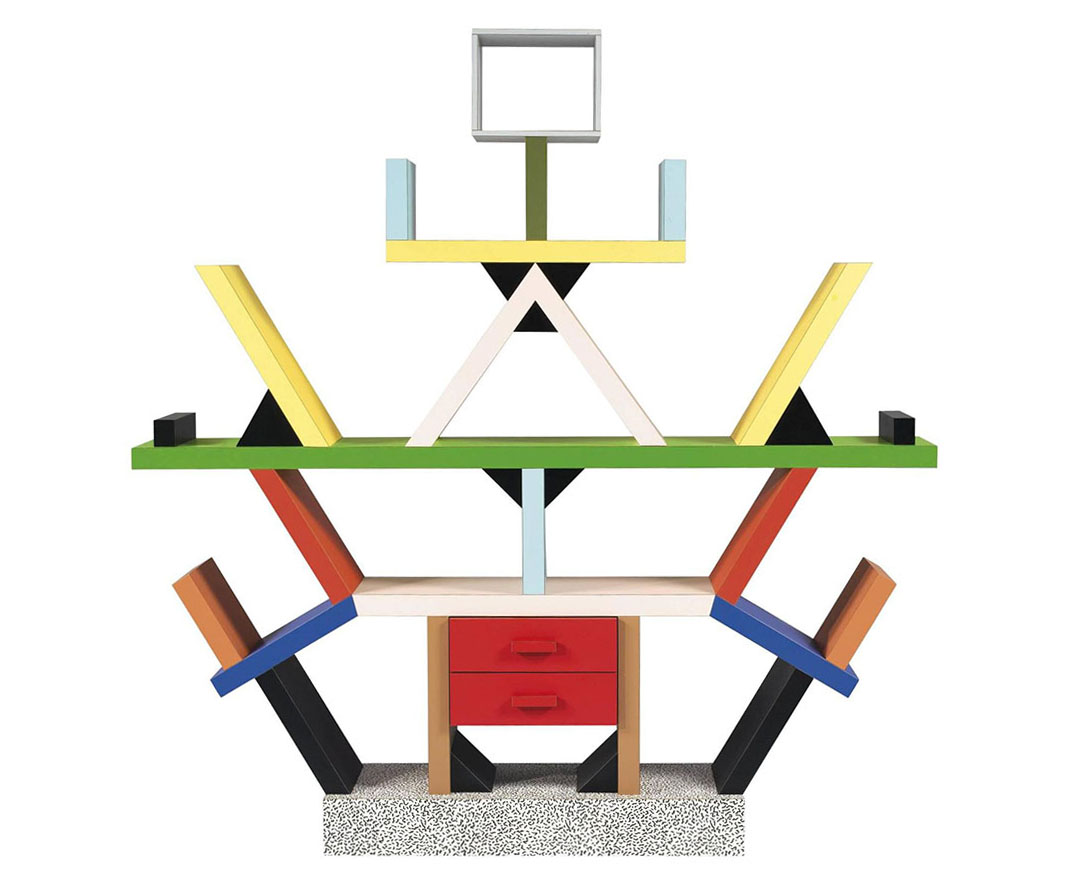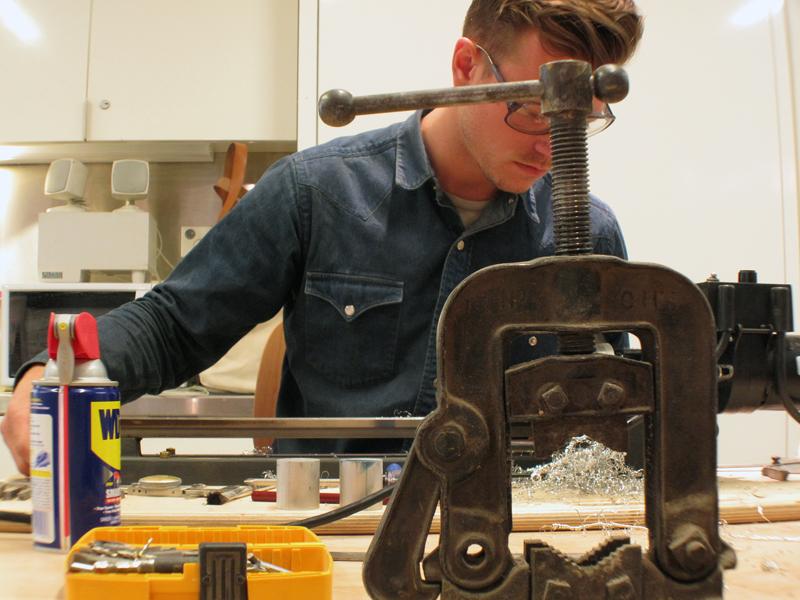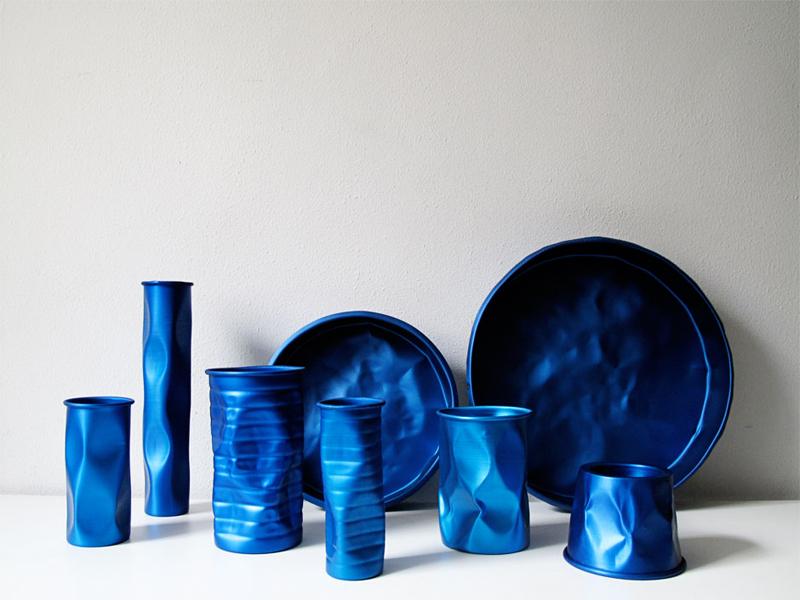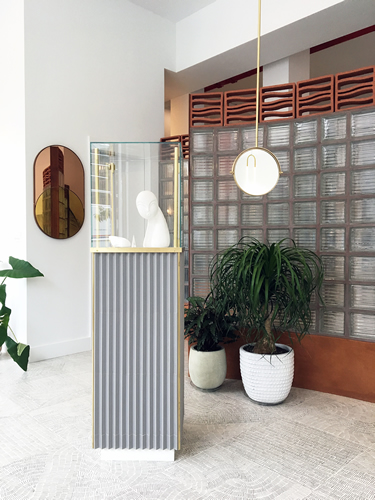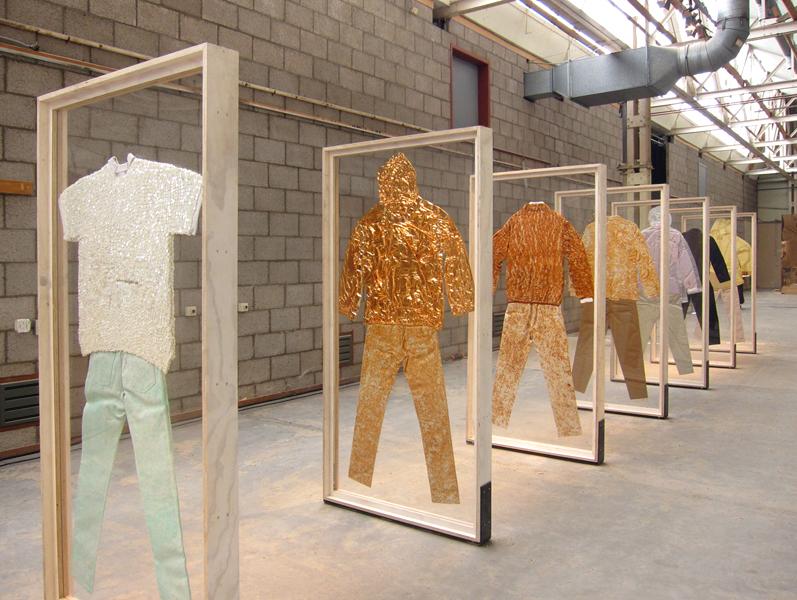
06.10.11
Fair Report
At the 2011 Arnhem Mode Biennale
If you travel all the way from New York to Arnhem just to attend the fashion biennial in this relatively obscure Dutch city, half the size of Pittsburgh, you can expect people to notice. Your waiter will witness your accent — and the fact that you’re not drinking a huge glass of milk with lunch like everyone else — and ask if you came just for the show, and well, did you like it? Your jolly white-haired cab driver will crack a few embarrassing jokes about the Big Apple before waxing poetic about how lovely it is when the festival’s on. And despite Vogue calling the $2.5-million production the “Greatest Fashion Event You’ve Never Heard Of,” it will seem, when you’re there, like Arnhem's gravitational pull has shifted in some small but significant way.
